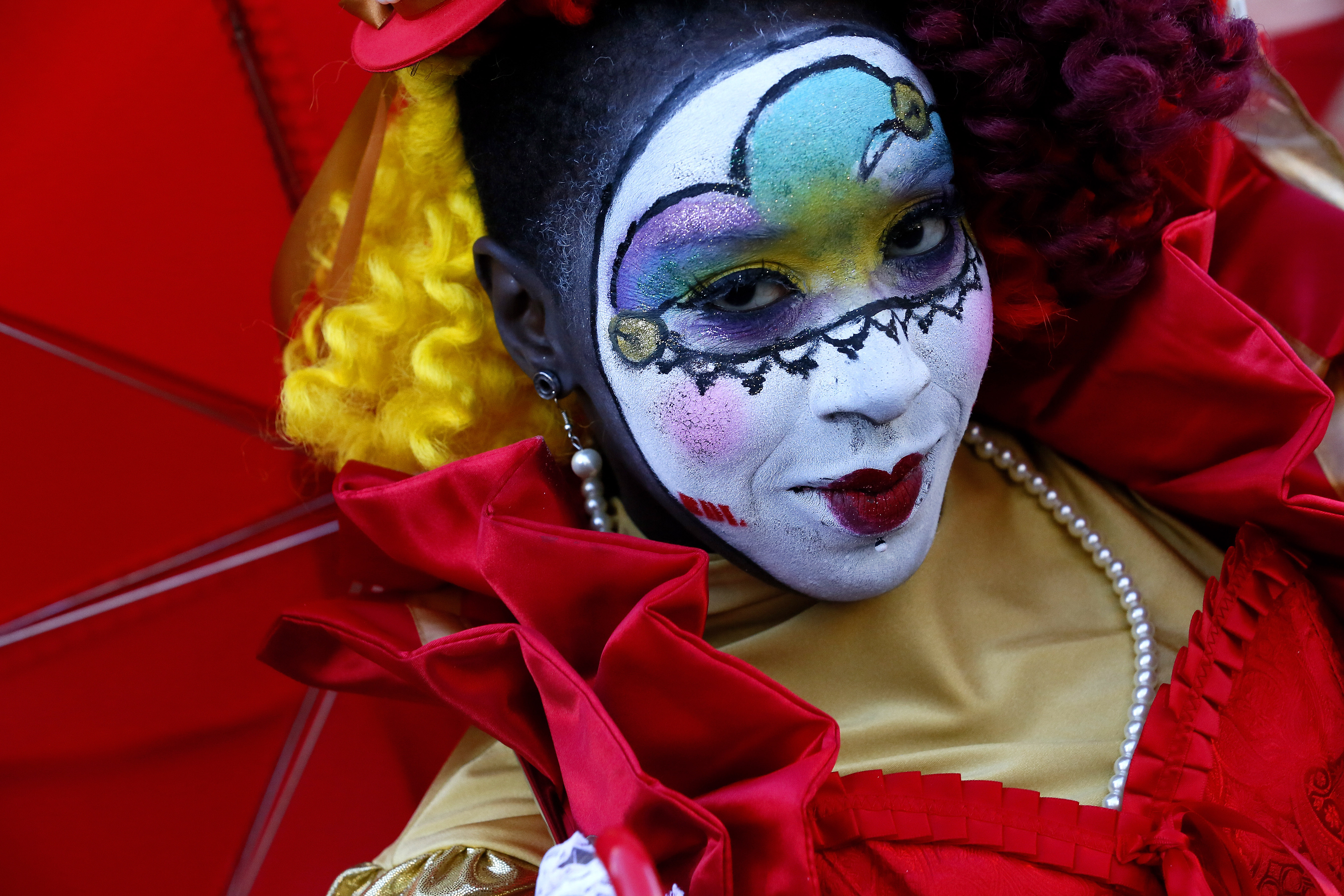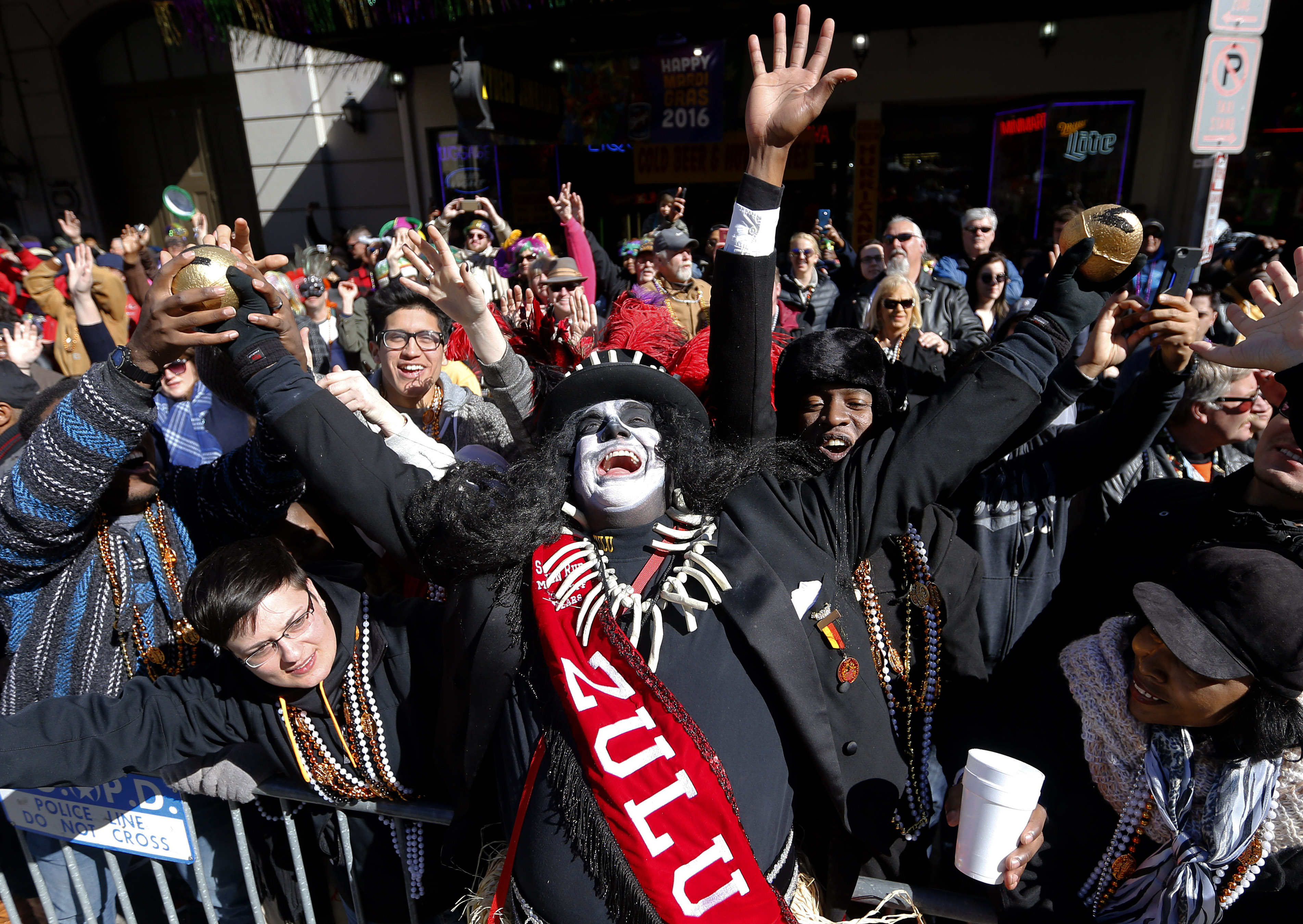
Updated, March 5, 2019.
It has been said that a Scotchman has not seen the world until he has seen Edinburgh; and I think that I may say that an American has not seen the United States until he has seen Mardi-Gras in New Orleans.
— Mark Twain
Mardi Gras and its various offshoots might collectively be the biggest party in the world. Celebrated from Belgium to the French Riviera, Brazil (where it’s known as “Carnival”) to Sweden, and of course in New Orleans and much of southern Louisiana as well as in southern towns like Galveston, Mobile, and St. Louis, it’s a global tradition noted for wild parties, massive parades, and epic indulgence. But how did it get started in the first place?
The annual celebration has its roots in religious festivals. In fact, if you’re in the UK or Ireland, you might hear about Pancake Tuesday. Similarly, devout Anglicans and other Protestant denominations celebrate Shrove Tuesday. As you might have guessed, these are all tied to the upcoming Ash Wednesday, which marks the beginning of Lent — a forty-day period of abstaining from earthly pleasures to honor the journey of Christ into the desert. Historically, that meant giving up booze and/or rich, fatty foods as a form of penance until Easter Sunday. Eventually the day before Ash Wednesday became the day most people scored one last indulgence in before their fasting started.
This is particularly true in France, where the Tuesday before Ash Wednesday became known as “Fat Tuesday” — or in French, “Mardi Gras,” of course.
So how’d it Mardi Gras make the jump to the U.S.? That dates back to 1699. French explorers Pierre Le Moyne d’Iberville and Jean-Baptiste Le Moyne de Bienville arrived in the area that would later become New Orleans on that year’s Mardi Gras, and named their landing point after the feast. Bienville would later found Mobile, Alabama, which was the first capital of French Louisana. In fact, the first organized Mardi Gras on the public record actually happened in Mobile in 1703, and you’ll find celebrations of it across what was once French Louisana, from Natchez to Galveston, all the way up to St. Louis.
As per usual, New Orleans took Mardi Gras and made it into something much bigger than it is anywhere else — which is why the celebration has become synonymous with the city. French and largely Catholic in a nation that defined itself as English and Protestant in its early days, New Orleans embraced Mardi Gras as a way to set itself apart from the rest of our fledgling nation. “Laissez les bon temps roulez” — French for “let the good times roll” — evolved into an unofficial motto of the season. It came from the Acadians who fled English persecution in Canada and settled in South Louisiana; by the time they arrived, they were desperate for a little fun.
Mardi Gras in New Orleans took a leap forward in 1856, when a collection of Protestant businessmen founded a secret society, the Mystick Krewe Of Comus, and held a torchlit parade through the city complete with elaborate floats and a masked ball. In the modern day, Mardi Gras in New Orleans is a week-long celebration that tends to set the tone for similar celebrations around the world. The final day, Mardi Gras day itself, involves multiple krewes staging parades — most notably the Krewe of Rex parade (Rex has held more parades than any other New Orleans group and is recognized as the “king of carnival” there; the group is also responsible for many current Mardi Gras traditions, such as the purple, green, and gold color scheme) and the Zulu Social Aid & Pleasure Club parade (Zulu is traditionally Creole/African-American parade that originally made its way through the so-called “back streets” of the black neighborhoods in New Orleans; the group is famous for tossing painted/decorated coconuts as it’s signature throw). The parades convene with a masked ball, and, at the stroke of midnight, New Orleans police ceremonially end the ball with a proclamation, marking the official start of Lent.
https://www.instagram.com/p/BfEzSukjZje/?taken-by=hollybdc
From there, the celebration extends across the city and state, because, hey, it’s a day off, and it’s one of New Orleans’ biggest tourist draws. Still, it’s more than a party; it’s a reflection of a unique place and the complicated social forces that created it. Worth remembering amid the beads, the booze, and the balls.







